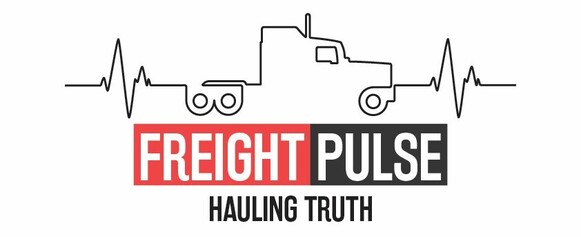The U.S. Environmental Protection Agency (EPA) has announced plans to reopen its Greenhouse Gas Emissions Standards for Heavy-Duty Vehicles and the Heavy-Truck Nitrous Oxide rule. This move is part of a broader review aimed at dismantling what the agency describes as the Biden administration’s “problematic” Clean Trucks Plan.
In addition to heavy-duty vehicle rules, the EPA intends to reconsider the Model Year 2027 and Later Light-Duty and Medium-Duty Vehicles regulation, approved roughly a year ago. The agency’s wide-ranging March 12 statement claims that these regulations collectively impose over $700 billion in regulatory and compliance costs. The EPA argues that these rules are central to the Biden-Harris electric vehicle mandate, which it claims restricts Americans’ ability to choose affordable, safe vehicles and drives up the cost of essential goods delivered by trucks.
This move is one of 31 deregulatory actions the EPA is launching as part of what Administrator Lee Zeldin described as “the greatest and most consequential day of deregulation in U.S. history” and “the most momentous day in the history of the EPA.”
The Cost of Heavy-Duty NOx Rule
The specific rule targeting Nitrous Oxide (NOx), originally established in August 2021, has faced criticism for contributing to significant costs impacting the price of everyday products transported by trucks, such as food and household goods.
Industry Reaction and Call for Collaboration
The trucking industry, represented by the American Trucking Associations (ATA), has voiced strong support for the EPA’s reconsideration of emission regulations. ATA President Chris Spear expressed gratitude to Trump and Zeldin for prioritizing what he described as “common sense” in environmental laws. According to Spear, the current GHG3 rule is unrealistic and unachievable due to the state of battery-electric technology and inadequate charging infrastructure.
Spear warned that the regulation in its current form could negatively impact the trucking industry by reducing equipment availability, driving up costs for businesses and consumers, and causing major disruptions in supply chains.
He also emphasized the importance of preventing states like California from implementing separate regulations that would create a confusing and costly patchwork of standards. Instead, the industry prefers realistic, technology-neutral federal standards that benefit the environment without compromising the economy.
Spear also noted that the trucking industry has made significant progress in reducing emissions over the years. According to him, 60 trucks today emit the same amount of NOx as a single truck did in 1988, underscoring the effectiveness of collaborative efforts between the industry and federal agencies.
Furthermore, the ATA looks forward to working with the administration to create new standards that preserve jobs, promote economic growth, and improve environmental outcomes without jeopardizing the industry’s ability to function effectively.

Broader Efforts to Reduce Regulatory Burdens
The heavy-duty truck emissions rollback is part of a larger category labeled “Lowering the Cost of Living for American Families.” This initiative also includes a review of the Greenhouse Gas Reporting Program (GHGRP), which currently requires over 8,000 facilities to submit emissions reports annually. The EPA claims this program costs hundreds of millions of dollars that could be better spent on improving environmental controls.
Additionally, the agency’s new “Powering the Great American Comeback” initiative, announced on February 4, aims to revive the domestic auto industry, reduce the cost of living, and grant states more power to make independent environmental decisions. Zeldin emphasized the administration’s commitment to protecting consumer choice, boosting American energy production, and revitalizing the economy.

